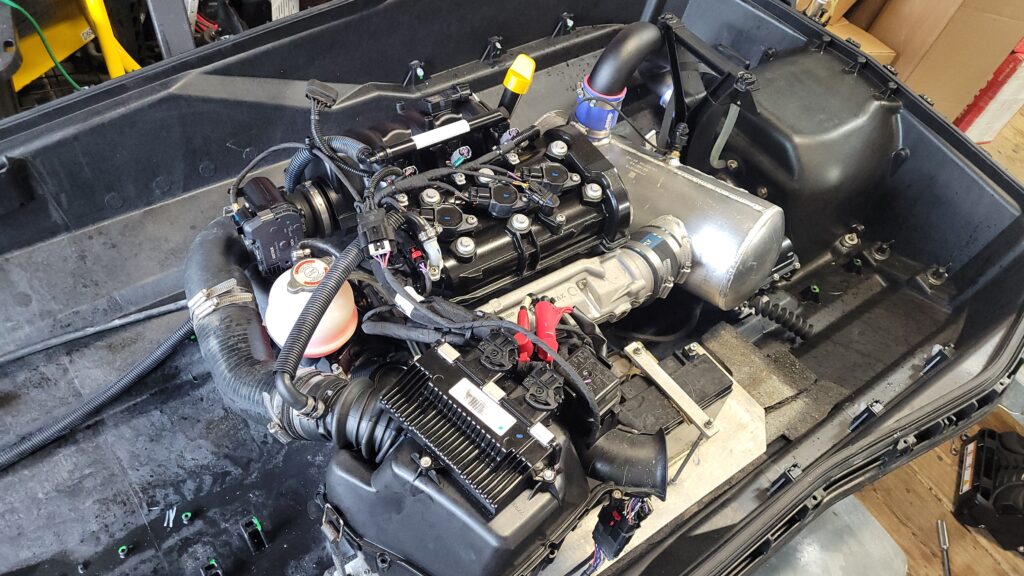Your jet ski isn’t just a recreational toy—it’s an investment in fun, adventure, and adrenaline. Just like a car, a jet ski needs ongoing care to keep it running at peak performance. Fortunately, there are several DIY steps you can take to maintain it without always calling in the pros. Here are 10 essential tips that will help extend the lifespan of your jet ski, keep it performing like new, and save you money in the long run.
1. Rinse and Dry After Every Ride
Salt, sand, algae, and other debris can quickly build up on your jet ski’s surface and in its cooling system. After each outing, give your jet ski a thorough freshwater rinse, paying special attention to the jet nozzle and intake grate. Wipe it down with a clean cloth to remove moisture and prevent corrosion. This quick routine helps maintain a clean hull and reduces the risk of rust.
2. Check and Change Engine Oil Regularly
Just like in a car, engine oil is the lifeblood of your jet ski’s motor. Consult your owner’s manual for the recommended oil change intervals and oil type. Replacing old oil ensures proper lubrication, reduces engine wear, and can even improve fuel efficiency. Keep a log to track your oil changes so you never miss one.
3. Inspect the Spark Plugs
Worn or fouled spark plugs can lead to starting issues, misfires, and reduced performance. Remove and inspect them regularly, looking for discoloration, cracks, or deposits. Replace any questionable spark plugs to keep your engine running smoothly and efficiently.
4. Maintain Proper Fluid Levels
Your jet ski relies on various fluids to function correctly—engine oil, coolant (if applicable), and sometimes even gear oil. Low or dirty fluids can cause overheating, decrease performance, and lead to expensive repairs. Check all fluid levels frequently, following the manufacturer’s guidelines for top-offs and replacements.
5. Treat Your Fuel System
High-quality, ethanol-free fuel is ideal for preventing gunk buildup in the fuel system. If ethanol-free gas isn’t available, consider adding a fuel stabilizer. This helps keep your jet ski’s fuel system clean and reduces the risk of clogs, preserving engine power and longevity.
6. Inspect and Clean the Impeller and Intake Grate
The impeller is like a boat’s propeller, and debris lodged in it or the intake grate can severely impact performance. Shine a flashlight into the intake and feel around (with the engine off) for any sticks or weeds. Gently remove any foreign objects to ensure smooth water flow and peak acceleration.
7. Tighten Loose Screws and Fasteners
Constant vibration on the water can gradually loosen bolts, screws, and clamps. Make a habit of inspecting all visible fasteners every few rides. A few minutes spent tightening loose components can prevent parts from rattling free or causing alignment issues down the line.
8. Keep the Battery Charged and Clean
A well-maintained battery ensures your jet ski starts effortlessly every time. Inspect the terminals for corrosion and clean them as needed. When not using your jet ski for extended periods, consider using a battery tender to maintain charge and prolong battery life.
9. Protect Upholstery and Plastics
Your jet ski’s seat, handle grips, and other soft components can take a beating from the sun and water. Apply a UV protectant to vinyl surfaces and store your jet ski in a cool, shaded place. Regular care keeps your jet ski looking new and prevents costly replacements of upholstery and trim.
10. Follow the Manufacturer’s Maintenance Schedule
Your owner’s manual isn’t just a piece of paperwork—it’s a roadmap to proper care. From recommended service intervals to specific maintenance tasks, following the manufacturer’s schedule ensures that you’re giving your jet ski what it needs, when it needs it. Sticking to these guidelines helps catch small issues early before they become major headaches.
By incorporating these DIY maintenance tips into your routine, you’ll safeguard your jet ski’s performance, reliability, and value. While some repairs and inspections still belong in the hands of professionals, handling the basics yourself can prevent costly breakdowns and make each ride more enjoyable. With consistent, proactive care, you’ll be out on the water more and in the repair shop a whole lot less!

